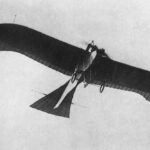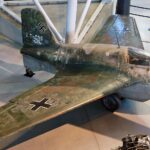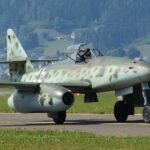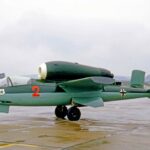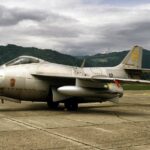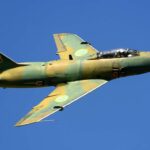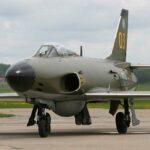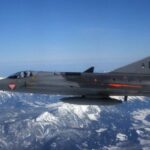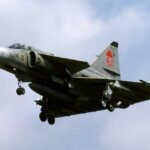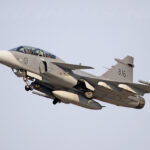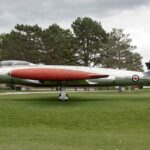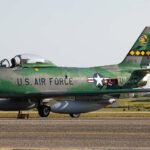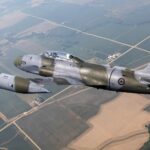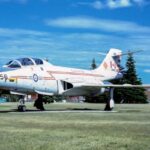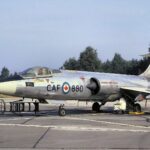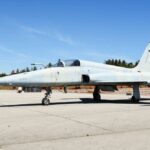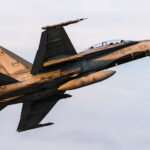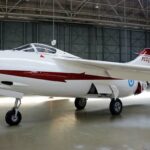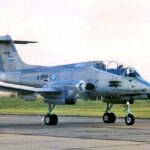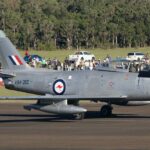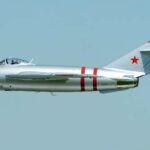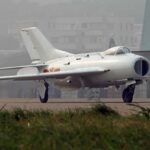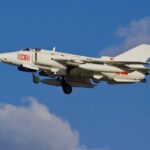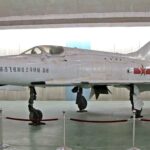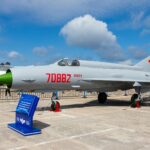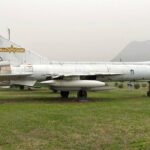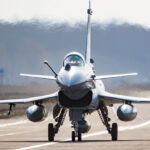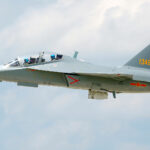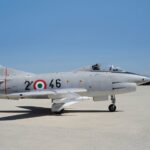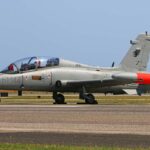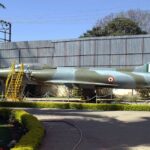What is a fighter jet ?
A fighter jet, also known as a fighter aircraft or simply a fighter, is a military aircraft designed primarily for air-to-air combat against other aircraft. Fighter jets are characterized by their speed, maneuverability, and firepower, which make them effective in intercepting and engaging enemy aircraft. These aircraft are an integral part of modern air forces and play a crucial role in protecting airspace, gaining air superiority, and supporting ground forces.
USA – FIGHTER JETS
-
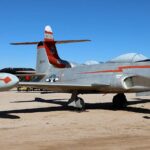 1944 - Lockheed P-80 Shooting Star
1944 - Lockheed P-80 Shooting Star
-
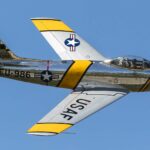 1947 - North American F-86 Sabre
1947 - North American F-86 Sabre
-
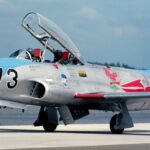 1948 - Lockheed T-33
1948 - Lockheed T-33
-
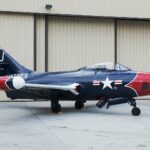 1950 - Grumman F9F Panther
1950 - Grumman F9F Panther
-
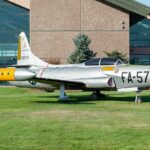 1950 - Lockheed F-94 Starfire
1950 - Lockheed F-94 Starfire
-
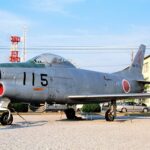 1950 - North American F-86D Sabre
1950 - North American F-86D Sabre
-
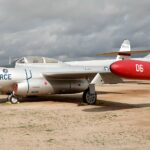 1950 - Northrop F-89 Scorpion
1950 - Northrop F-89 Scorpion
-
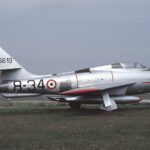 1950 - Republic F-84F Thunderstreak
1950 - Republic F-84F Thunderstreak
-
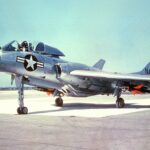 1951 - Chance Vought F7U Cutlass
1951 - Chance Vought F7U Cutlass
-
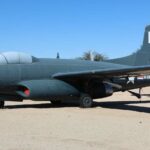 1951 - Douglas F3D
1951 - Douglas F3D
-
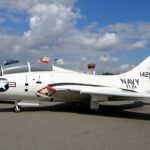 1952 - Grumman F9F Cougar
1952 - Grumman F9F Cougar
-
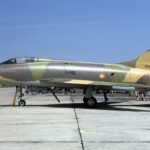 1954 - North American F-100 Super Sabre
1954 - North American F-100 Super Sabre
-
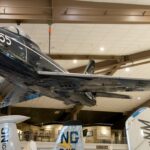 1954 - North American FJ-2 Fury
1954 - North American FJ-2 Fury
-
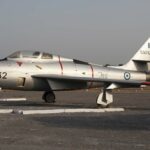 1954 - Republic F-84 Thunderstreak
1954 - Republic F-84 Thunderstreak
-
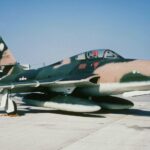 1954 - Republic RF-84 Thunderflash
1954 - Republic RF-84 Thunderflash
-
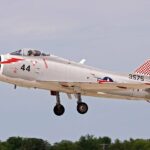 1955 - North American FJ-4 Fury
1955 - North American FJ-4 Fury
-
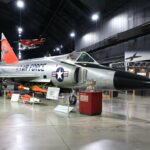 1956 - CONVAIR F-102 Delta Dagger
1956 - CONVAIR F-102 Delta Dagger
-
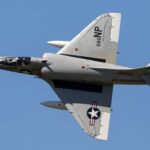 1956 - Douglas A-4 Skyhawk
1956 - Douglas A-4 Skyhawk
-
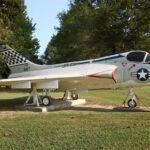 1956 - Douglas F4D / F-6 Skyray
1956 - Douglas F4D / F-6 Skyray
-
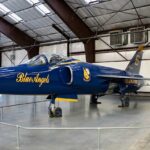 1956 - Grumman F11F / F-11 Tiger
1956 - Grumman F11F / F-11 Tiger
-
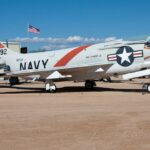 1956 - McDonnell F3H Demon
1956 - McDonnell F3H Demon
-
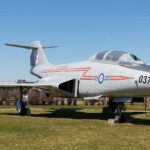 1957 - McDonnell F-101 Voodoo
1957 - McDonnell F-101 Voodoo
-
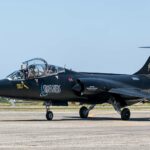 1958 - Lockheed F-104 Starfighter
1958 - Lockheed F-104 Starfighter
-
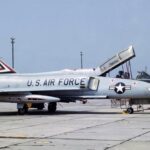 1959 - Convair F-106 Delta Dart
1959 - Convair F-106 Delta Dart
-
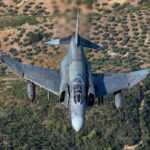 1960 - McDonnell Douglas F-4 Phantom II
1960 - McDonnell Douglas F-4 Phantom II
-
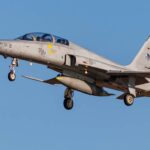 1962 - Northrop F-5 Freedom Fighter
1962 - Northrop F-5 Freedom Fighter
-
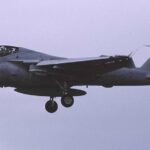 1963 - Grumman A-6 Intruder
1963 - Grumman A-6 Intruder
-
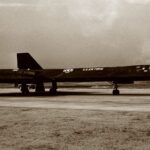 1963 - Lockheed YF-12
1963 - Lockheed YF-12
-
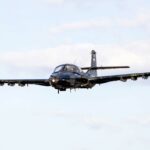 1967 - Cessna A-37 Dragonfly (Super Tweet)
1967 - Cessna A-37 Dragonfly (Super Tweet)
-
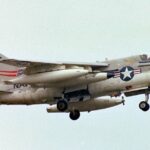 1967 - LTV A-7 Corsair II
1967 - LTV A-7 Corsair II
-
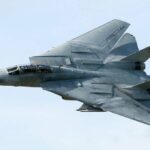 1974 - Grumman F-14 Tomcat
1974 - Grumman F-14 Tomcat
-
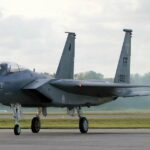 1976 - Boeing (McDonnell Douglas) F-15 Eagle
1976 - Boeing (McDonnell Douglas) F-15 Eagle
-
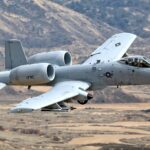 1976 - Fairchild Republic A-10 Thunderbolt II (Warthog)
1976 - Fairchild Republic A-10 Thunderbolt II (Warthog)
-
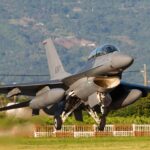 1978 - Lockheed Martin F-16 Fighting Falcon
1978 - Lockheed Martin F-16 Fighting Falcon
-
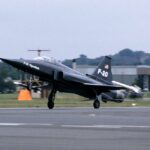 1982 - Northrop F-20 Tigershark
1982 - Northrop F-20 Tigershark
-
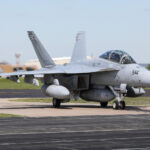 1983 - Boeing (McDonnell Douglas) F/A-18 Hornet
1983 - Boeing (McDonnell Douglas) F/A-18 Hornet
-
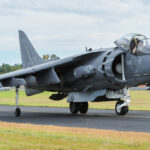 1985 - Boeing (BAe Systems / McDonnell Douglas) AV-8B Harrier II
1985 - Boeing (BAe Systems / McDonnell Douglas) AV-8B Harrier II
-
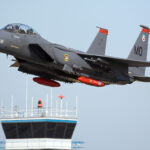 1988 - Boeing (McDonnell Douglas) F-15E Strike Eagle
1988 - Boeing (McDonnell Douglas) F-15E Strike Eagle
-
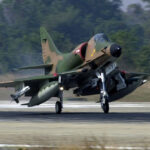 1989 - ST Aerospace A-4SU Super Skyhawk
1989 - ST Aerospace A-4SU Super Skyhawk
-
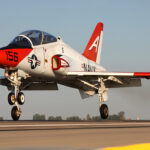 1991 - Boeing (McDonnell Douglas) T-45 Goshawk
1991 - Boeing (McDonnell Douglas) T-45 Goshawk
-
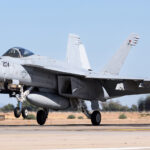 1997 - Boeing F/A-18 Super Hornet
1997 - Boeing F/A-18 Super Hornet
-
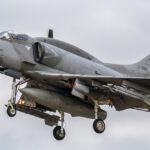 1997 - Lockheed Martin A-4AR Fightinghawk
1997 - Lockheed Martin A-4AR Fightinghawk
-
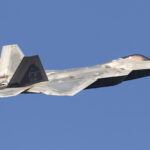 2005 - Lockheed Martin F-22 Raptor
2005 - Lockheed Martin F-22 Raptor
-
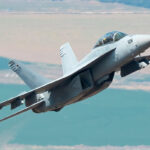 2009 - Boeing EA-18G Growler
2009 - Boeing EA-18G Growler
-
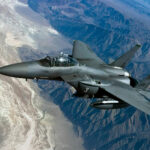 2009 - Boeing F-15SE Silent Eagle
2009 - Boeing F-15SE Silent Eagle
RUSSIA (USSR) – FIGHTER JETS
-
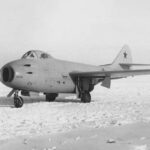 1946 - Mikoyan-Gurevich MiG-9
1946 - Mikoyan-Gurevich MiG-9
-
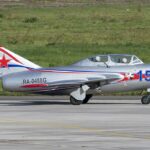 1947 - Mikoyan-Gurevich MiG-15
1947 - Mikoyan-Gurevich MiG-15
-
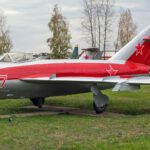 1950 - Mikoyan-Gurevich MiG-17
1950 - Mikoyan-Gurevich MiG-17
-
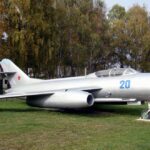 1952 - Yakovlev Yak-25
1952 - Yakovlev Yak-25
-
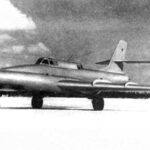 1953 - Ilyushin IL-40 "Brawny"
1953 - Ilyushin IL-40 "Brawny"
-
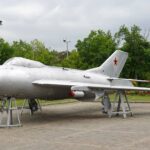 1955 - Mikoyan-Gurevich MiG-19 (Farmer)
1955 - Mikoyan-Gurevich MiG-19 (Farmer)
-
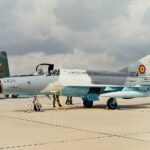 1959 - Mikoyan-Gurevich MiG-21 (Fishbed)
1959 - Mikoyan-Gurevich MiG-21 (Fishbed)
-
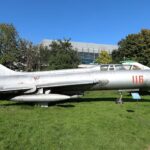 1959 - Sukhoi Su-7 (Fitter A)
1959 - Sukhoi Su-7 (Fitter A)
-
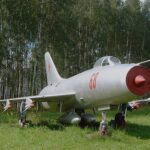 1959 - Sukhoi Su-9 (Fishpot)
1959 - Sukhoi Su-9 (Fishpot)
-
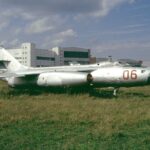 1960 - Yakovlev Yak-28 (Brewer/Firebar)
1960 - Yakovlev Yak-28 (Brewer/Firebar)
-
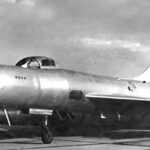 1964 - Sukhoi Su-11 (Fishpot-C)
1964 - Sukhoi Su-11 (Fishpot-C)
-
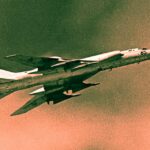 1964 - Tupolev Tu-28 (Fiddler)
1964 - Tupolev Tu-28 (Fiddler)
-
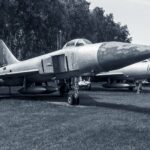 1965 - Sukhoi Su-15 (Flagon)
1965 - Sukhoi Su-15 (Flagon)
-
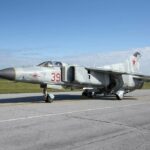 1970 - Mikoyan-Gurevich MiG-23 Flogger
1970 - Mikoyan-Gurevich MiG-23 Flogger
-
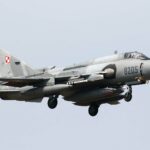 1970 - Sukhoi Su-17 (Fitter)
1970 - Sukhoi Su-17 (Fitter)
-
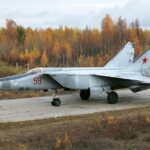 1972 - Mikoyan-Gurevich MiG-25 Foxbat
1972 - Mikoyan-Gurevich MiG-25 Foxbat
-
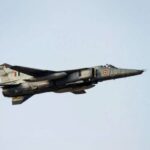 1975 - Mikoyan MiG-27 (Flogger)
1975 - Mikoyan MiG-27 (Flogger)
-
 1976 - Yakovlev Yak-38 (Forger)
1976 - Yakovlev Yak-38 (Forger)
-
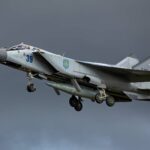 1979 - Mikoyan MiG-31 Foxhound
1979 - Mikoyan MiG-31 Foxhound
-
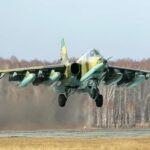 1981 - Sukhoi Su-25 Grach (Frogfoot)
1981 - Sukhoi Su-25 Grach (Frogfoot)
-
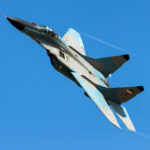 1984 - Mikoyan MiG-29 (Fulcrum)
1984 - Mikoyan MiG-29 (Fulcrum)
-
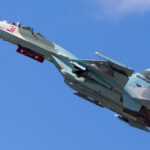 1985 - Sukhoi Su-27 (Flanker)
1985 - Sukhoi Su-27 (Flanker)
-
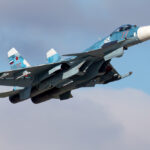 1994 - Sukhoi Su-33 (Flanker-D)
1994 - Sukhoi Su-33 (Flanker-D)
-
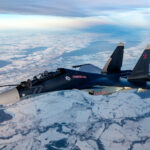 1996 - Sukhoi Su-30 (Flanker-C)
1996 - Sukhoi Su-30 (Flanker-C)
-
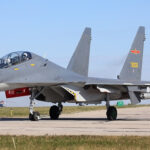 2000 - Sukhoi Su-30MKK (Flanker-G)
2000 - Sukhoi Su-30MKK (Flanker-G)
-
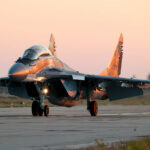 2009 - Mikoyan MiG-29K (Fulcrum-D)
2009 - Mikoyan MiG-29K (Fulcrum-D)
ENGLAND / UK – FIGHTER JET
-
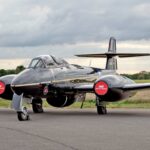 1944 - Gloster Meteor
1944 - Gloster Meteor
-
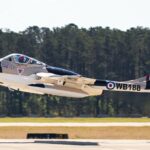 1945 - De Havilland Vampire
1945 - De Havilland Vampire
-
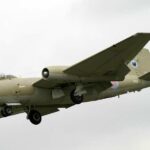 1949 - English Electric Canberra
1949 - English Electric Canberra
-
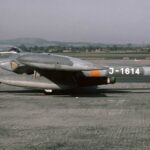 1951 - De Havilland Sea Venom
1951 - De Havilland Sea Venom
-
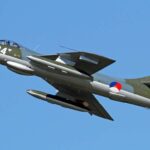 1951 - Hawker Hunter
1951 - Hawker Hunter
-
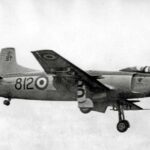 1951 - Supermarine Attacker
1951 - Supermarine Attacker
-
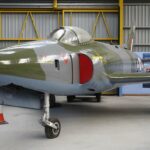 1951 - Supermarine Swift
1951 - Supermarine Swift
-
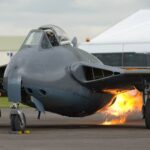 1952 - de Havilland DH.112 Venom
1952 - de Havilland DH.112 Venom
-
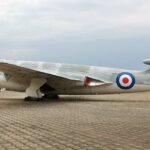 1953 - Hawker Sea Hawk
1953 - Hawker Sea Hawk
-
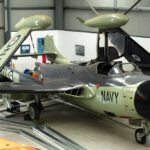 1956 - de Havilland DH.112 Sea Venom
1956 - de Havilland DH.112 Sea Venom
-
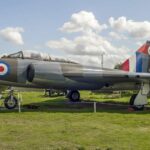 1956 - Gloster Javelin
1956 - Gloster Javelin
-
 1956 - Hawker Hunter
1956 - Hawker Hunter
-
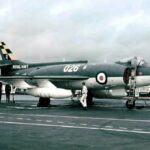 1957 - Supermarine Scimitar
1957 - Supermarine Scimitar
-
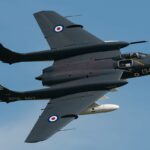 1959 - de Havilland DH.110 Sea Vixen
1959 - de Havilland DH.110 Sea Vixen
-
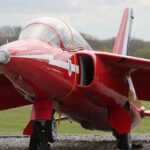 1959 - Folland Gnat Hawker-Siddeley
1959 - Folland Gnat Hawker-Siddeley
-
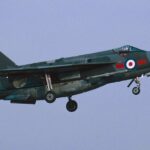 1960 - English Electric Lightning
1960 - English Electric Lightning
-
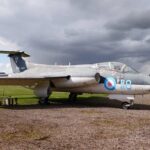 1962 - Blackburn Buccaneer
1962 - Blackburn Buccaneer
-
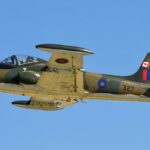 1967 - BAC Strikemaster
1967 - BAC Strikemaster
-
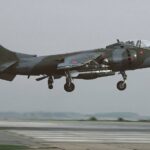 1969 - Hawker Siddeley Harrier/AV-8A
1969 - Hawker Siddeley Harrier/AV-8A
-
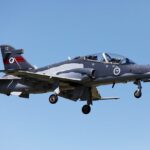 1976 - BAe Hawk
1976 - BAe Hawk
-
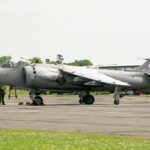 1978 - BAe Sea Harrier
1978 - BAe Sea Harrier
-
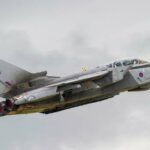 1979 - Panavia Tornado IDS
1979 - Panavia Tornado IDS
-
 1985 - Boeing (BAe Systems / McDonnell Douglas) AV-8B Harrier II
1985 - Boeing (BAe Systems / McDonnell Douglas) AV-8B Harrier II
-
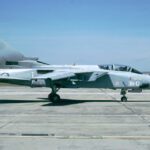 1985 - Panavia Tornado ADV (Air Defense Variant)
1985 - Panavia Tornado ADV (Air Defense Variant)
-
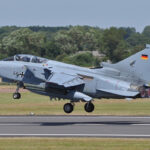 1990 - Panavia Tornado ECR (Electronic Combat / Reconnaissance)
1990 - Panavia Tornado ECR (Electronic Combat / Reconnaissance)
-
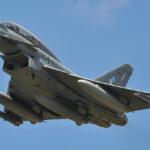 2002 - Eurofighter Typhoon (EF2000)
2002 - Eurofighter Typhoon (EF2000)
Germany – fighter jet
FRANCE – FIGHTER JETS
-
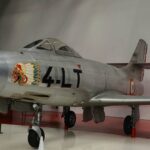 1949 - Dassault Ouragan
1949 - Dassault Ouragan
-
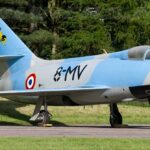 1951 - Dassault Mystère
1951 - Dassault Mystère
-
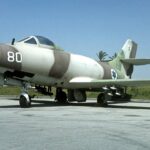 1952 - Dassault MD.450 Ouragan
1952 - Dassault MD.450 Ouragan
-
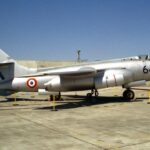 1952 - Sud Aviation Vautour
1952 - Sud Aviation Vautour
-
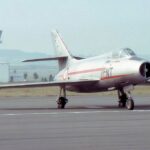 1953 - Dassault MD.454 Mystère IV
1953 - Dassault MD.454 Mystère IV
-
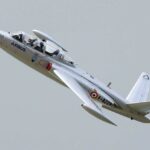 1956 - Fouga CM.170 Magister
1956 - Fouga CM.170 Magister
-
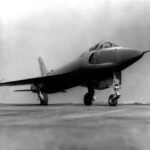 1957 - Breguet Br.1100
1957 - Breguet Br.1100
-
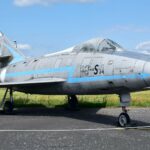 1957 - Dassault Super Mystère
1957 - Dassault Super Mystère
-
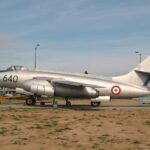 1958 - Sud-Ouest SO 4050 Vautour
1958 - Sud-Ouest SO 4050 Vautour
-
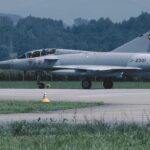 1961 - Dassault Mirage III
1961 - Dassault Mirage III
-
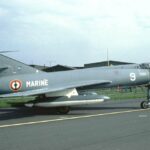 1962 - Dassault Étendard IV
1962 - Dassault Étendard IV
-
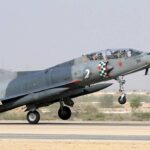 1969 - Dassault Mirage V
1969 - Dassault Mirage V
-
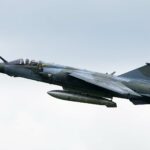 1973 - Dassault Mirage F1
1973 - Dassault Mirage F1
-
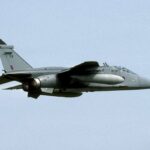 1973 - Sepecat Jaguar
1973 - Sepecat Jaguar
-
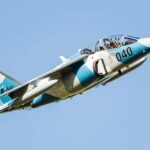 1978 - Dassault-Dornier Alpha Jet
1978 - Dassault-Dornier Alpha Jet
-
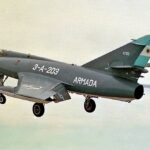 1978 - Dassault Super Étendard
1978 - Dassault Super Étendard
-
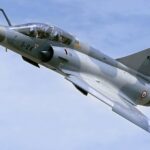 1979 - Dassault Mirage 2000
1979 - Dassault Mirage 2000
-
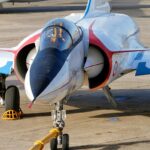 1979 - Dassault Mirage 4000
1979 - Dassault Mirage 4000
-
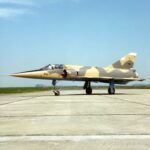 1980 - Dassault Mirage 50
1980 - Dassault Mirage 50
-
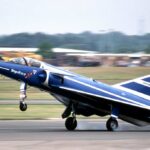 1981 - Dassault Mirage IIING
1981 - Dassault Mirage IIING
-
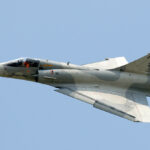 2000 - Dassault Mirage 2000 (M2000)
2000 - Dassault Mirage 2000 (M2000)
-
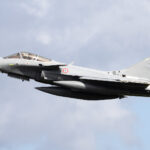 2001 - Dassault Rafale
2001 - Dassault Rafale
ARGENTINA – FIGHTER JETS
AUSTRALIA
ITALY – FIGHTER JET
INDIA – FIGHTER JETS
OTHER EUROPEAN FIGHTER JETS
-
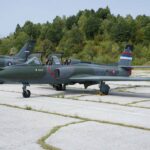 1968 - SOKO J-21 Jastreb (Hawk)
1968 - SOKO J-21 Jastreb (Hawk)
-
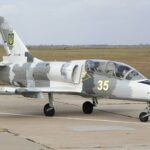 1972 - Aero L-39 Albatros
1972 - Aero L-39 Albatros
-
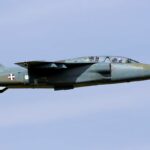 1978 - SOKO J-22 Orao
1978 - SOKO J-22 Orao
-
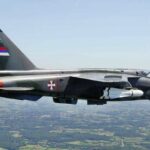 1979 - Avioane IAR 93 Vultur
1979 - Avioane IAR 93 Vultur
-
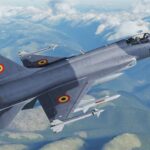 1980 - Avioane IAR 95 Spey
1980 - Avioane IAR 95 Spey
-
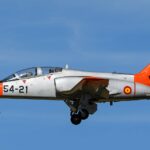 1980 - CASA C-101 Aviojet
1980 - CASA C-101 Aviojet
-
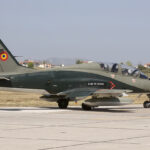 1985 - Avioane IAR 99 Șoim (Hawk)
1985 - Avioane IAR 99 Șoim (Hawk)
-
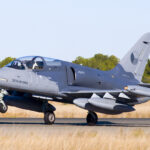 1986 - Aero L-59 Super Albatros
1986 - Aero L-59 Super Albatros
-
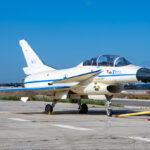 1986 - IAI Lavi (Young Lion)
1986 - IAI Lavi (Young Lion)
-
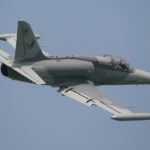 2000 - Aero L-159 ALCA (Advanced Light Combat Aircraft)
2000 - Aero L-159 ALCA (Advanced Light Combat Aircraft)
OTHER COUNTRIES – FIGHTER JETS
-
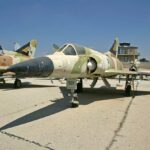 1972 - IAI Nesher (Vulture)
1972 - IAI Nesher (Vulture)
-
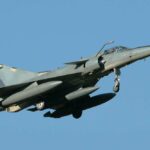 1975 - ENAER Mirage 50CN Pantera
1975 - ENAER Mirage 50CN Pantera
-
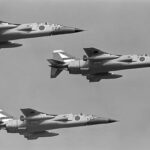 1975 - Mitsubishi T-2
1975 - Mitsubishi T-2
-
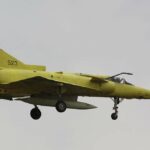 1976 - IAI Kfir (Lion Cub)
1976 - IAI Kfir (Lion Cub)
-
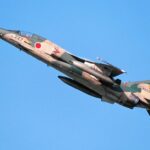 1978 - Mitsubishi F-1
1978 - Mitsubishi F-1
-
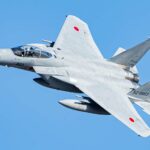 1981 - Mitsubishi F-15J (Peace Eagle)
1981 - Mitsubishi F-15J (Peace Eagle)
-
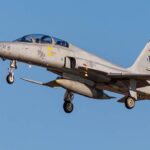 1982 - Korean Air KF-5F (Jegong-Ho)
1982 - Korean Air KF-5F (Jegong-Ho)
-
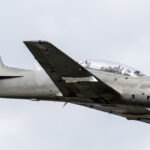 1983 - Embraer EMB-312 Tucano
1983 - Embraer EMB-312 Tucano
-
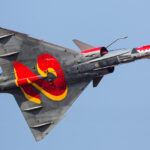 1986 - Denel (Atlas) Cheetah
1986 - Denel (Atlas) Cheetah
-
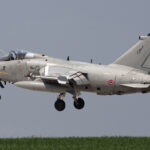 1989 - AMX International AMX
1989 - AMX International AMX
-
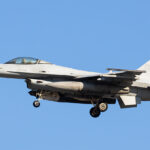 1991 - KAI KF-16 Fighting Falcon
1991 - KAI KF-16 Fighting Falcon
-
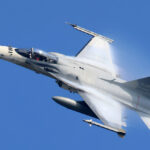 1994 - AIDC F-CK-1 Ching-Kuo
1994 - AIDC F-CK-1 Ching-Kuo
-
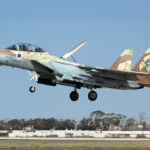 1996 - McDonnell Douglas F-15I Ra'am
1996 - McDonnell Douglas F-15I Ra'am
-
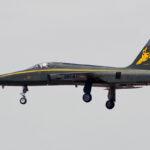 1997 - HESA Azarakhsh (Lightning)
1997 - HESA Azarakhsh (Lightning)
-
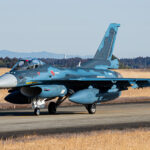 2000 - Mitsubishi F-2
2000 - Mitsubishi F-2
-
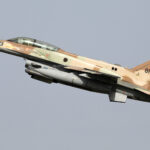 2004 - Lockheed F-16I Sufa (Storm)
2004 - Lockheed F-16I Sufa (Storm)
-
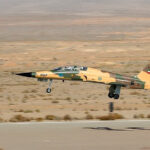 2006 - HESA Dorna (Lark)
2006 - HESA Dorna (Lark)
-
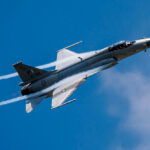 2007 - PAC JF-17 Thunder
2007 - PAC JF-17 Thunder
Objectives of Fighter Jets:
The primary objectives of fighter jets are as follows:
- Air Superiority: Fighter jets are tasked with gaining control of the skies, ensuring that friendly aircraft can operate without interference from enemy aircraft. This involves intercepting and neutralizing hostile aircraft threats.
- Aerial Combat: Fighter jets engage in air-to-air combat to destroy enemy aircraft, including bombers, reconnaissance planes, and other fighters. The ability to shoot down enemy aircraft is a fundamental role of fighter jets.
- Ground Support: Some fighter jets are equipped with air-to-ground weaponry, allowing them to provide close air support to ground forces. This includes attacking enemy ground targets such as vehicles, fortifications, and infantry positions.
- Interception: Fighter jets are responsible for intercepting and escorting or forcing the withdrawal of unidentified or potentially hostile aircraft entering a country’s airspace. This is crucial for homeland defense and national security.
- Dissuasion: The presence of fighter jets can act as a deterrent to potential aggressors. Knowing that a country has a capable air defense force can discourage hostile actions and help maintain regional stability.
Evolution of Fighter Jets:
Fighter jets have evolved significantly since their inception in the early 20th century. The evolution can be categorized into several key phases:
- Early Propeller-Driven Fighters: The earliest fighters, like the Fokker Eindecker and the Sopwith Camel from World War I, were biplanes with internal combustion engines. They were armed with machine guns and had a limited top speed and range.
- Transition to Monoplanes: In the interwar period and leading into World War II, fighter aircraft transitioned from biplanes to monoplanes. This design change allowed for greater speed and maneuverability.
- World War II and Jet Age: During World War II, the development of faster and more heavily armed fighter aircraft was critical. The introduction of jet engines, as seen in the Messerschmitt Me 262 and the Gloster Meteor, marked the dawn of the jet age in fighter aviation.
- Supersonic Era: Post-World War II, fighter jets entered the supersonic era, with aircraft like the North American F-86 Sabre and the Soviet MiG-15. These jets could fly faster than the speed of sound.
- Modern Multirole Fighters: The Cold War era saw the development of multirole fighters, such as the F-4 Phantom and the F-15 Eagle. These aircraft were capable of air-to-air combat and ground attack roles.
- Stealth and Advanced Avionics: Contemporary fighter jets, like the F-22 Raptor and the F-35 Lightning II, incorporate stealth technology and advanced avionics for enhanced survivability and versatility. These aircraft can engage in air-to-air combat, ground attack, and reconnaissance missions.
- Unmanned Combat Aerial Vehicles (UCAVs): The 21st century has witnessed the emergence of unmanned fighter-like drones, which can be remotely operated for various combat roles. These UCAVs offer new possibilities and challenges in aerial warfare.
The evolution of fighter jets has been marked by advancements in speed, agility, weaponry, avionics, and survivability. These aircraft continue to adapt to changing threats and technologies, ensuring their continued relevance in modern military operations.
